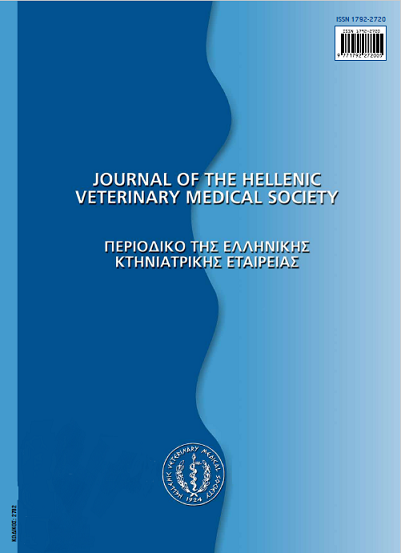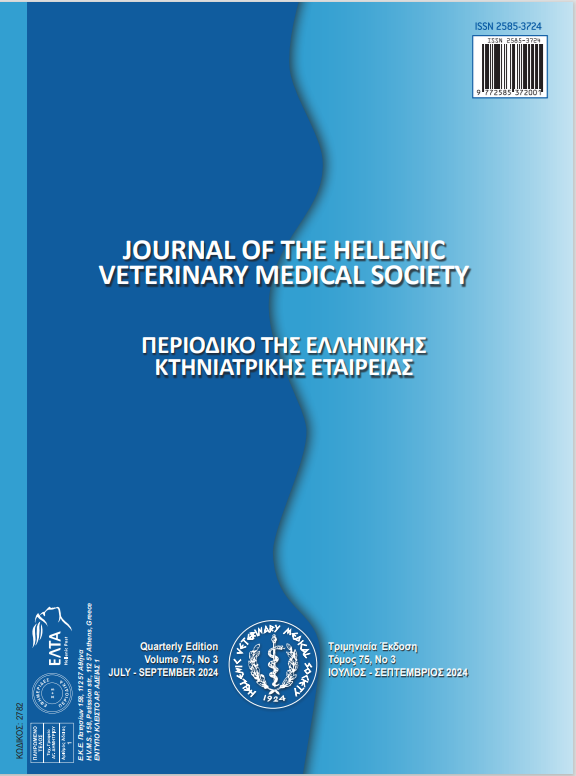Digestibility and nitrogen balance of pig diets containing gradually increasing levels of rapeseed meal

Abstract
Rapeseed meal (RSM), a by-product of extracted rapeseed oil production, is a potential protein source for use in pig diets. To determine the best levels of RSM inclusion in diets of fattening pigs as well as the digestibility and energy value of diets containing gradually increasing levels of RSM, a digestibility trial was conducted. The trial was performed according to a 4x4 Latin square experimental design, with 4 Large White x Landrace castrated male pigs weighing on average 47.3kg. The animals were housed in metabolism cages during the whole period the duration of which was a total of 66 days. The experiment was divided into 5 periods, an adjustment period and 4 experimental periods, during which pigs consumed 4 experimental diets. The diet C (control) was a basal diet based on corn and soybean meal, while the other experimental diets included RSM at levels 90 (low- L), 180 (medium- M) and 270 (high- H) g.kg-1 of feed, respectively. Each experimental period consisted of 10 preliminary days during which the animals were adapted to the diets, followed by a 4 days period for collection of faeces, urine and feed refusal. The gradual increase in the level of RSM in the experimental diets resulted in a significant (P<0.05) reduction in the apparent digestibility of CP, but only for the diet with the highest level of RSM, compared to the control diet and this one with the lowest level of RSM . Any increase in the level of RSM in the experimental diets resulted in significant (P<0.05) increase on the apparent digestibility coefficient (ADC) of CF and very significant (P<0.01) increase in diets M and H, compared to the control and diet L. Similar were the effects of RSM levels in the diets on the apparent digestibility coefficient of NDF, ADF and cellulose. As conclusion, the gradual increase in the level of RSM in the fattening pigs’ diets did not significantly affect ADC of DM and gross energy, caused a significant reduction in the ADC of CP, and a significant improvement in the ADC of CF as well.
Article Details
- How to Cite
-
KARGOPOULOS, A., DOTAS, V., NIKOLAKAKIS, I., & DOTAS, D. (2018). Digestibility and nitrogen balance of pig diets containing gradually increasing levels of rapeseed meal. Journal of the Hellenic Veterinary Medical Society, 68(4), 521–528. https://doi.org/10.12681/jhvms.16076
- Issue
- Vol. 68 No. 4 (2017)
- Section
- Research Articles

This work is licensed under a Creative Commons Attribution-NonCommercial 4.0 International License.
Authors who publish with this journal agree to the following terms:
· Authors retain copyright and grant the journal right of first publication with the work simultaneously licensed under a Creative Commons Attribution Non-Commercial License that allows others to share the work with an acknowledgement of the work's authorship and initial publication in this journal.
· Authors are able to enter into separate, additional contractual arrangements for the non-exclusive distribution of the journal's published version of the work (e.g. post it to an institutional repository or publish it in a book), with an acknowledgement of its initial publication in this journal.
· Authors are permitted and encouraged to post their work online (preferably in institutional repositories or on their website) prior to and during the submission process, as it can lead to productive exchanges, as well as earlier and greater citation of published work.





